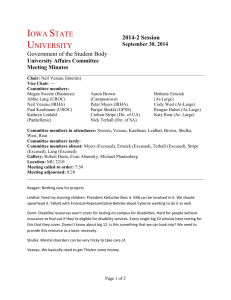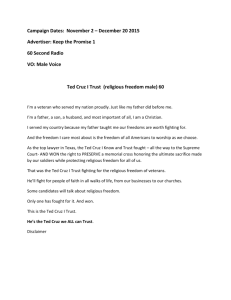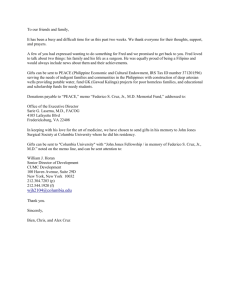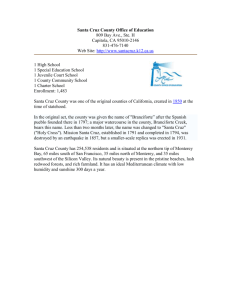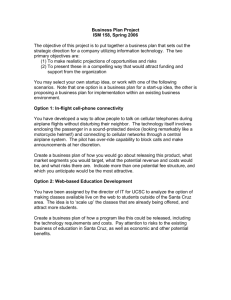House Industries, Yorklyn, DE
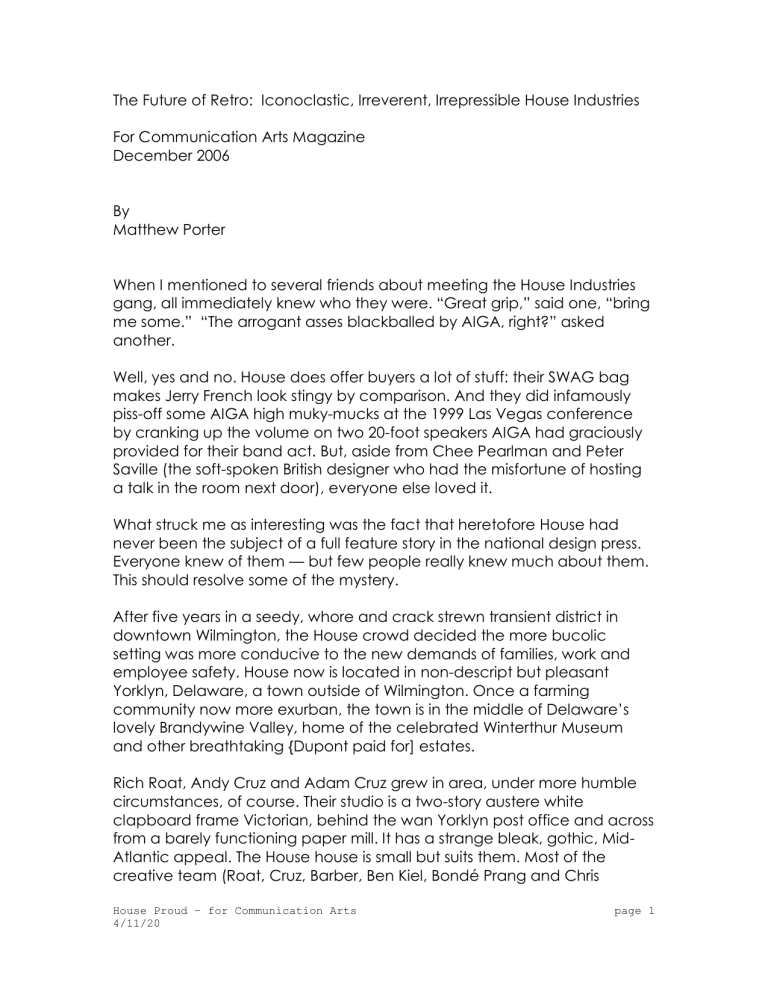
The Future of Retro: Iconoclastic, Irreverent, Irrepressible House Industries
For Communication Arts Magazine
December 2006
By
Matthew Porter
When I mentioned to several friends about meeting the House Industries gang, all immediately knew who they were. “Great grip,” said one, “bring me some.” “The arrogant asses blackballed by AIGA, right?” asked another.
Well, yes and no. House does offer buyers a lot of stuff: their SWAG bag makes Jerry French look stingy by comparison. And they did infamously piss-off some AIGA high muky-mucks at the 1999 Las Vegas conference by cranking up the volume on two 20-foot speakers AIGA had graciously provided for their band act. But, aside from Chee Pearlman and Peter
Saville (the soft-spoken British designer who had the misfortune of hosting a talk in the room next door), everyone else loved it.
What struck me as interesting was the fact that heretofore House had never been the subject of a full feature story in the national design press.
Everyone knew of them — but few people really knew much about them.
This should resolve some of the mystery.
After five years in a seedy, whore and crack strewn transient district in downtown Wilmington, the House crowd decided the more bucolic setting was more conducive to the new demands of families, work and employee safety. House now is located in non-descript but pleasant
Yorklyn, Delaware, a town outside of Wilmington. Once a farming community now more exurban, the town is in the middle of Delaware’s lovely Brandywine Valley, home of the celebrated Winterthur Museum and other breathtaking {Dupont paid for] estates.
Rich Roat, Andy Cruz and Adam Cruz grew in area, under more humble circumstances, of course. Their studio is a two-story austere white clapboard frame Victorian, behind the wan Yorklyn post office and across from a barely functioning paper mill. It has a strange bleak, gothic, Mid-
Atlantic appeal. The House house is small but suits them. Most of the creative team (Roat, Cruz, Barber, Ben Kiel, Bondé Prang and Chris
House Proud – for Communication Arts
4/11/20 page 1
Gardner) sits together on the first floor, while painter Adam Cruz toils in relative isolation under the attic eaves.
Roat and Andy Cruz, the cofounders strike one immediately as unpretentious, intelligent and welcoming. The “attitude” that I had been told about was not in evidence: in fact, throughout the entire visit they were humble about their work, while understandably proud of the fact that they do not depend on outside clients to sustain them. Roat also quickly insists that their story would not about great financial success: “If you came for that, you’d better go back to the airport. My first ‘big’ job at
United Way Wilmington in 1984 paid $24,000 a year with benefits,” he said.
“Those were my high-earning years.”
Roat was joking. He, Cruz and Ken Berber, the three principal leaders of
House, are always joking. Taking things seriously is not House style. They are quick and dry witted. Little escapes their observations— they hold few sacred cows and employ no one with thin skin. If you’re a Christian missionary, you’re fair game. If your beloved Philadelphia Eagles dropped a tough one at home , fair game. If you’re shy, look out. They’re equal opportunity good-natured teasers and jokers, but when it comes to the work, they are serious. They are the constant look out for the forgotten font, the long-dead style and the forgotten tale.. The level of detail they bring to their font families through research and story writing can be astonishing (e.g. Rat Fink! and Tiki Type).
Rich Roat shares the role as House writer, but he takes the lead in that department. Journalism major, he learned layout skills working on the college paper. Afterwards, he became a writer at United Way
Wilmington, which supplied him with a new Mac. Teaching himself, he became their design tech master. He quit that job to manage a pre-press shop in a strip mall. He is the voiceover man in House Band stage acts.
Andy Cruz is a talented art director who took his first job out of high school. He met Roat as the running film to Roat’s strip mall shop not far from his first employer, Miller Mauro. Soon enough, Mauro hired Roat and thus began his and Cruz’s working relationship. In 1993 the two opened
Brand Design Company, House’s predecessor. At the time, Cruz wasn’t old enough to rent a car to drive from the Chicago airport to their first client, a carton manufacturer in South Holland, IL. Didn’t matter: Cruz didn’t have enough money to rent one either. So he took the bus. Today plays drums in the House band and is its most versatile artist. Of Andy, Rich
Roat said, “He is House Industries. He is the gestalt of House and he forces everyone here to rise to his level of perfection. Without him, it would be a completely different animal.”
House Proud – for Communication Arts
4/11/20 page 2
Adam Cruz was once known as Andy’s brother. Now he is the House lead painter. Along with Chris Garner, the company’s expert cartoonist, caricaturist, and harassed Eagles fan, Andy is responsible for House portraits seen on so much of their packaging and catalogs. His renderings help define the civilizations House creates to give context to their font families such as ticky-tacky Polynesia Tiki or the bizarre Simian Fonts, loosely based on the 1968 film classic, Planet of the Apes. He wants to become a full-time fine artist with gallery representation and move out of the attic. Soon.
“D.Y.I-it, that’s what I tell people,” said Roat. “Do it yourself. Many wait for opportunity to come down. We did it and hated it. So we create our own opportunities — even if we lose money.”
Roat explains that the group’s independence comes from its determination to create products for markets rather than to seek clients with contracts. With a mailing list of more than 8,000 designers, art directors and font geeks, House is adept at this, too. House, known for its irreverence actually sells reverence for the hand-drawn, handmade work of tradesmen, cartoonists, craftsmen and artists too often forgotten. But, no, not retro.
For example, Rat Fink! is homage to Ed “Big Daddy” Roth — a particular affection of Andy Cruz. Monster Font is homage to Lon Chaney. Tiki Type is homage to the Fort Lauderdale Polynesian 1956 kitsch palace Mai-Kai.
Las Vegas fonts are homage to the splendid cheese that is Las Vegas.
Beneath each of these fonts, House designs, writes and illustrates imaginary worlds complete with characters, cars, hairstyles, cocktail napkins, fast food kiddy meals, key chains, babes, boobs, whatever. These detailed landscapes draw their audience in and help them see beyond the two-dimensional font. Just don’t call them retro.
Ken Barber, House’s director of typography, has a wit and repartee that would make a drag queen envious, and he can slice through baloney quicker than a deli knife. His baby face belies a man with an incisive worldview. A talented writer, designer and bass player, of all the House characters, he has its most wicked and unstoppable sense of humor. It infects House. “Ken’s eclectic personality is balanced by a level head,” said Andy. “He does not allow people to get too full of themselves or too down on themselves. He keeps things here in perspective.”
“The fonts themselves are kind of incidental,” said Ken. “We amuse ourselves by creating these little worlds in which the fonts exist — and that
House Proud – for Communication Arts
4/11/20 page 3
becomes the packaging and story that sells the font. The fonts a fun. The stories are even better.”
No better example exists than the ruse House cooked up about one Jean
René Chalet. In their self-published 10-year anniversary volume, House explains:
During the late ‘90s the “dumb modernism” thing really took off, and the entrepreneurs in us were trying to figure out how to get a taste of the soulless Swiss redux. Originally, we planned on making a stylistic rendition of Helvetica and releasing it as Swiss Haus, or something to that effect.
Finally Andy agreed to let Ken work up a fictional story about a forgotten designer who distilled the minimalist style years before Max Miedinger created his classic typeface. We thought that the name alone (Chalet =
Swiss house) would let everyone in on the joke. But, surprisingly, no one immediately caught on. It didn’t hurt that we plastered the Chalet catalog with glowing endorsements of René Chalet’s work by graphic design industry heavyweights like Michael Beirut, Erik Spiekermann and
Charles Anderson. Those guys kicked better BS that we did.
The anniversary book has had two printings — 13,000 in total. House has given away 150, but has 300 left. Nearly all the rest are sold out. The compendium is a casebook on how House finds and resurrects the forgotten American design idea. It also is very funny — I found myself reading it for hours the night they gave it to me. Its best segments allude to pain-in-the-ass former clients (such as sausage-fingered, belligerent jerks like Big Ed , a pushy sales director at Custom Paper Group) or thieves
(such as a kid from a British agency who used a House illustration of a customized Cooper Mini AFTER his agency killed the job.) Reading these, you understand why House does best when it does it alone.
“And remember,” admonished Roat as I departed, “please don’t call us retro!” I regarded Rich Roat with his No. 2 blade buzz, Coke-bottle glasses, affection for things such as custom-built carburetors and his general geewhiz good humor. Nostalgic? Yes. Reverential? Yes. But retro?
When you devote your career, talent and passion to rediscovering the lost art forms and the artisans who made them, you can get lumped in with curiosity shop owners, gee-gaw nuts, cultists or Dragon*Con types. But
House is more cultural anthropologist than retrospective. They’re always on the hunt for the next new thing.
So if they find their inspiration among the dusty, cluttered basements and attics of American design, who cares? If they have more in common with
House Proud – for Communication Arts
4/11/20 page 4
George Jetson than Paul Saffo, so what? At least House makes something for a living — things people want. They’re their own best client, their rent’s cheap and they share credit with former employees. Retro? No — they ought to be the wave of the future. CA
### 1700 words
House Proud – for Communication Arts
4/11/20 page 5
